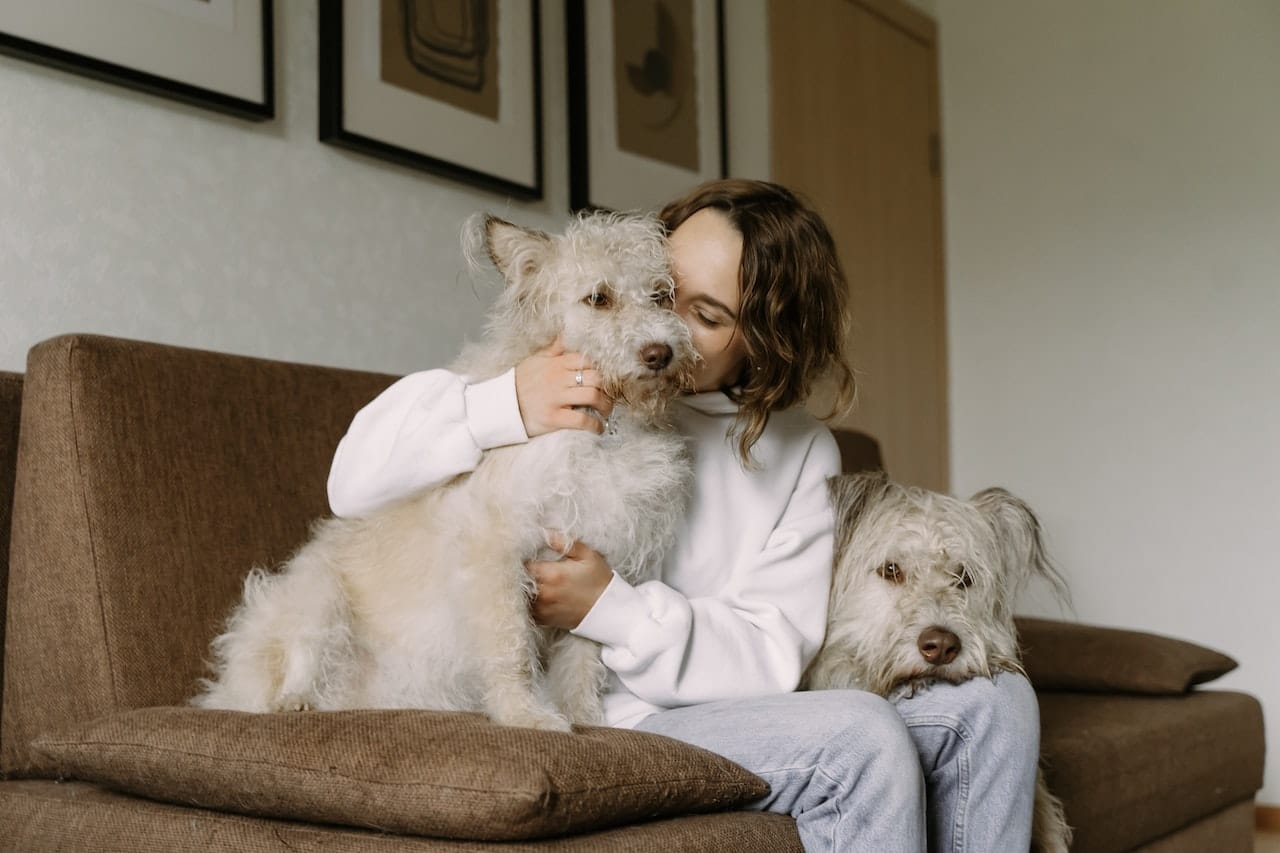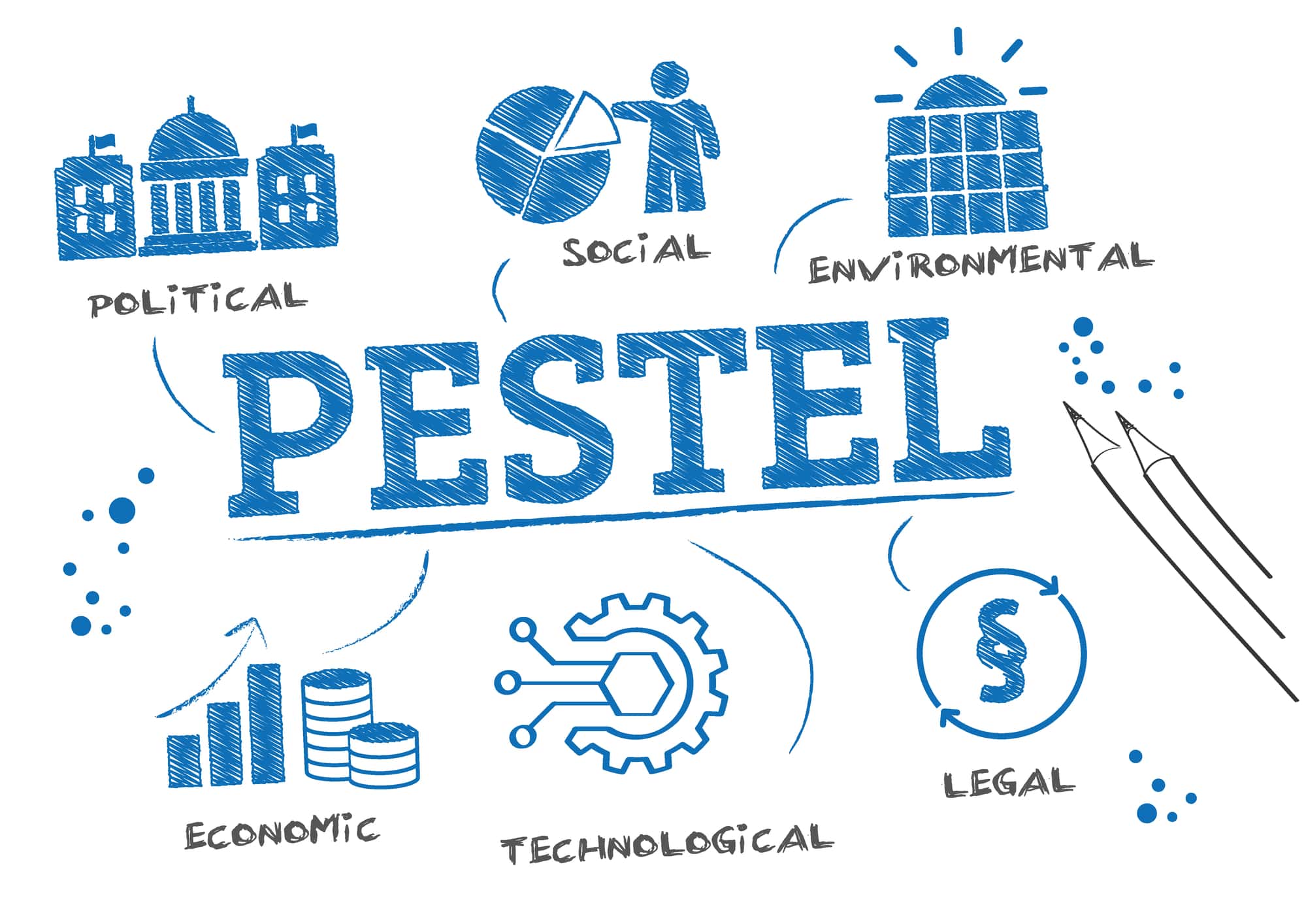Our PESTLE Analysis of the pet industry investigates the external factors that affect the billion-dollar worth pet industry with the increasing demand.
Have you ever kept a pet and treated it as your family member? If yes, then you must be an animal lover. Many people are obsessed with animals and want to keep them in their houses.
The pet industry came into being to cater to this demand of pet lovers. So, if you are an animal lover or a pet owner, then sit tight and read this article till the end because, in today's article, we will conduct a PESTLE Analysis of The Pet Industry.
Reading this article will make you aware of the dynamics of the pet industry. So let's begin our journey in exploring the pet industry.
The industry for pets is worth billions of dollars. The increasing demand for pets keeps the industry running. At this point, you might be thinking, when did the pet industry come into being?

To answer that question, let's rewind a bit and discuss the history of the pet industry. People have always been keeping pets for ages. To verify this claim, let's look back at ancient civilizations such as the ancient Egyptian civilization. We can see that they were known for domesticating cats, dogs, and even some exotic animals.
However, whether the pet industry was as organized back then as today is not established. After that, the Medieval and Renaissance period also shows that people back then used to keep cats and dogs as pets.
Till then, people used to pet stray dogs and cats mainly. Moreover, pet foods weren't available as well until the industrial revolution.
During the industrial revolution and urbanization era, the demand for pets increased significantly because, at that time, people were moving from villages to cities, and that's why they felt the need for a companion pet that could fit in smaller places.
That's when people started adopting cats and dogs along with caged birds, and gradually, shops were established that sold pets and pet foods.
In the 19th century, a big milestone was achieved in the pet industry. A man named James Spratt saw people from the ship giving biscuits to dogs. That's when he realized that no pet food was on the market.
He decided to handle the situation himself and launched commercially prepared pet food for the first time in England.
In the coming years, significant developments took place in the pet industry. For example, shops started selling pet accessories like dog collars and leashes. Moreover, health facilities were formed to have regular checkups of pets.
Today the pet industry has evolved to the point where pet grooming salons are present to make your pet look presentable. Moreover, pet training facilities that properly train your pets so they behave appropriately have been established.
The global pet industry is estimated to be worth $261 billion. Besides that, the pet industry provides employment to millions of people across the globe. Alone in the US, the pet industry employs 134,404 people.
Now that we have discussed the pet industry in detail, let's see what PESTLE analysis is. PESTLE analysis is a tool businesses use to analyze what external factors impact businesses and different industries.
Various external factors impact the pet industry. To highlight those factors, let's proceed further and conduct the PESTLE analysis of the Pet industry.

Political Factors Affecting The Pet Industry
Political factors in the PESTLE analysis refer to the government's actions and a country's political scenario. This section will analyze the political factors that affect the pet industry.
The pet industry is primarily affected by the rules and regulations made by the government.
For example, if the government sets strict requirements to attain the license and permits to open a pet store or pet buying and selling shop, fewer people would be able to work in the pet industry. As a result, the pet industry will suffer.
Moreover, government policies regarding imports of pets can impact the pet industry. For example, if the government shows relaxation on the imports of pets, then more pets would be imported from different parts of the world.
As a result, the global pet industry would thrive. Other than government policies, government support also affects the pet industry.
For example, the pet industry would flourish if the government allocated funds for animal welfare and research and provided subsidies to pet food manufacturers.
Besides that, government awareness campaigns regarding responsible pet ownership and pet vaccination campaigns will spread awareness among people. As a result, the demand for pets may increase.

Economic Factors Affecting The Pet Industry
Economic factors are the economic conditions that impact a certain business or country. This section will analyze some economic factors impacting the pet industry.
One of the most significant economic factors that impact the pet industry is the level of disposable income people have. Disposable income is the spendable income left in the pocket of consumers after paying taxes.
People will spend more on luxuries in a country with high disposable income. Whereas, in a country where people have less disposable income, people would hardly be able to afford the necessities.
Hence, the pet market would flourish in countries with high disposable income because people could afford to keep pets.
Besides disposable income, the exchange rate impacts the pet industry directly. This is because many countries don't manufacture pet food or products but import them.
If an exchange rate of a country depreciates with respect to the exchange rate of the country from where it imports pets related products, all these products will become highly expensive. This would hurt the pet industry since the demand for these overpriced products would fall.

Social Factors Affecting The Pet Industry
Social factors in a PESTLE analysis consider the influence of society and culture on a specific business or industry. Let's look at some social factors that impact the pet industry.
Changes in the age group of the population play an impact on the pet industry.
It is known that older adults tend to have pets because they see their pets as their companions. This is why the demand for pets would be higher in countries with a higher percentage of older citizens.
Since many people keep pets to counter their loneliness, it is possible that the demand for pets would be high in countries with a high percentage of single people living alone or childrenless couples.
Moreover, the sizes of houses impact the pet industry. People might be more willing to keep a pet in areas with big houses because they have the space for it. Meanwhile, people living in small houses may be unable to keep a pet.
Other than that, different societies have different values. For example, some societies consider keeping pets wrong because it confines a wild animal in a house.
On the contrary, other societies feel that keeping animals as a pet is good because by doing that, you can take care of animals and provide them a better life than they will have if they live out in the wild.

Technological Factors Affecting The Pet Industry
Technological factors analyze the impact technology and innovation have had on businesses and industries. This section will look at some technological factors that affect the pet industry.
eCommerce has made it easier for pet lovers to purchase pet-related products through online stores. This technological advancement has not only made the lives of pet owners easy, but it has also provided a boom to the pet industry since now more people have entered the industry.
Moreover, innovations in the pet care niche have impacted the pet industry significantly. The latest developments in the pet medicines and treatments have increased the life span of pets, encouraging people to keep pets and making them realize that they can actually take care of their pets.
Besides that, social media has played a significant role in connecting pet wonders with pet grooming salons, training facilities, and vets. This connected the entire pet industry globally. As a result, the pet industry has grown massively in recent times.
Furthermore, telemedicine has provided a lot of conveniences to pet owners since they can now consult a vet online and take consultations remotely.
This has made it convenient for people to keep a pet because before telemedicine, people used to look for vets, and they even used to travel to other cities in search of a good vet. Such developments in the pet industry have made the pet industry grow.

Legal Factors Affecting The Pet Industry
Legal factors refer to the laws and legal framework that affects any business or industry. Let's discuss how different legal factors affect the pet industry.
The laws made for animal welfare affect the pet industry. For example, relaxed laws for breeding practices will enable people to make their animals breed frequently and then sell their offspring.
This will make the pet industry grow. However, strict breeding laws would hinder the growth of the pet industry.
Similarly, pet transportation laws strengthen the pet industry. It ensures that people transport their pets safely under humane conditions.
Other than that, laws related to buying and selling products impact the pet industry. For example, if the laws are strict regarding buying and selling animals, fewer people would be willing to keep pets. This could have an adverse effect on the pet industry.
Moreover, strict laws regarding pet food manufacturing would benefit the pet industry since this could limit the supply of substandard pet food in the market and prevent the selling of counterfeit pet food.
However, strict pet food manufacturing laws could also discourage pet food manufacturers and limit the supply of pet food. This could shrink the pet industry and make the industry suffer.

Environmental Factors Affecting The Pet Industry
Environmental factors are the ecological and environment-related factors that affect many businesses and industries. This section will highlight some environmental factors that impact the operations of the pet industry.
Governments all over the globe are addressing environmental concerns and making businesses follow eco-friendly practices. Hence, it is essential for businesses operating in the pet industry to use eco-friendly packaging and limit the use of plastic.
Moreover, businesses in the pet industry also have to adopt other environmentally friendly practices to avoid the criticism and heavy fines imposed by the government. For example, businesses must reduce energy consumption and set up solar panels to reduce their carbon footprint.
Adopting eco-friendly practices may reward the pet industry with government subsidies to grow the industry.
Moreover, the pet industry has to be careful with its waste and take recycling incentives. For example, the pet food packaging needs to be recycled. By doing so, the pet industry will be recognized as a responsible industry.
Furthermore, many people avoid keeping pets because pet products are not environmentally friendly, such as poop bags. The pet industry needs to take the initiative to develop biodegradable poop bags.
This will encourage people to keep pets, and as a result, the pet industry will flourish as the demand for pets goes up.

PESTLE Analysis of The Pet Industry: Final Word
The pet industry is one of the oldest industries. Even the oldest civilizations, such as the Egyptians, used to keep pets. Similarly, other civilizations in the middle ages used to keep pets too.
The sales of pets were taking place in every era. However, the pet industry was never as organized as it is now. The industrial revolution helped the pet industry in growing and getting organized.
After the industrial revolution, pet stores opened. Later, pet food started to manufacture. Today, the pet industry is a multi-dollar industry. Besides pet stores, pet training facilities and pet grooming salons are also present today.
Today's article provided us with all the relevant information regarding the pet industry. It further conducted a PESTLE analysis of the pet industry. The PESTLE analysis framework highlighted the external factors that impact the pet industry.
If you enjoyed reading this article and are curious about how external factors impact different industries and businesses, look at some examples of PESTLE analysis here.


